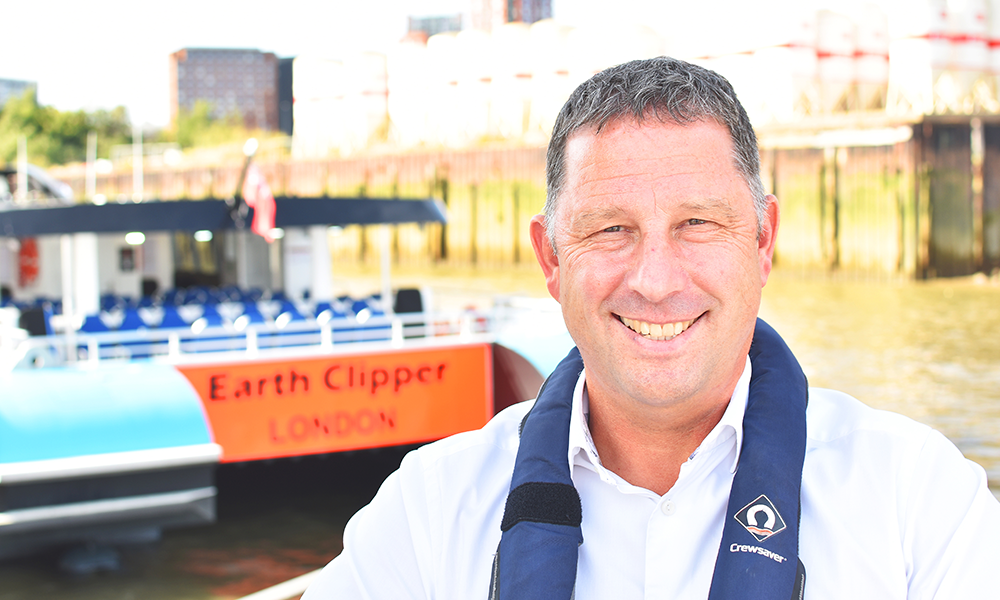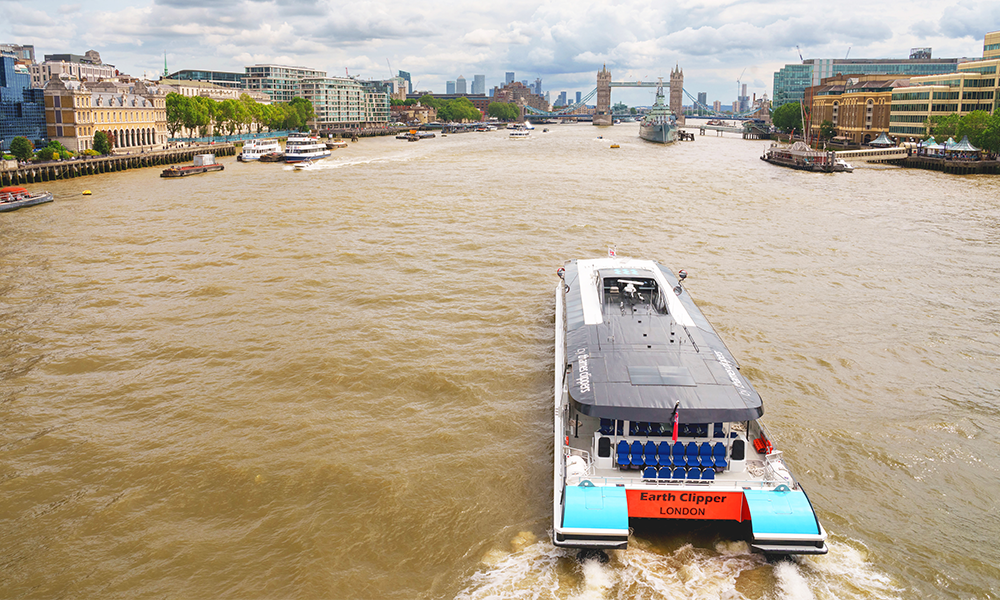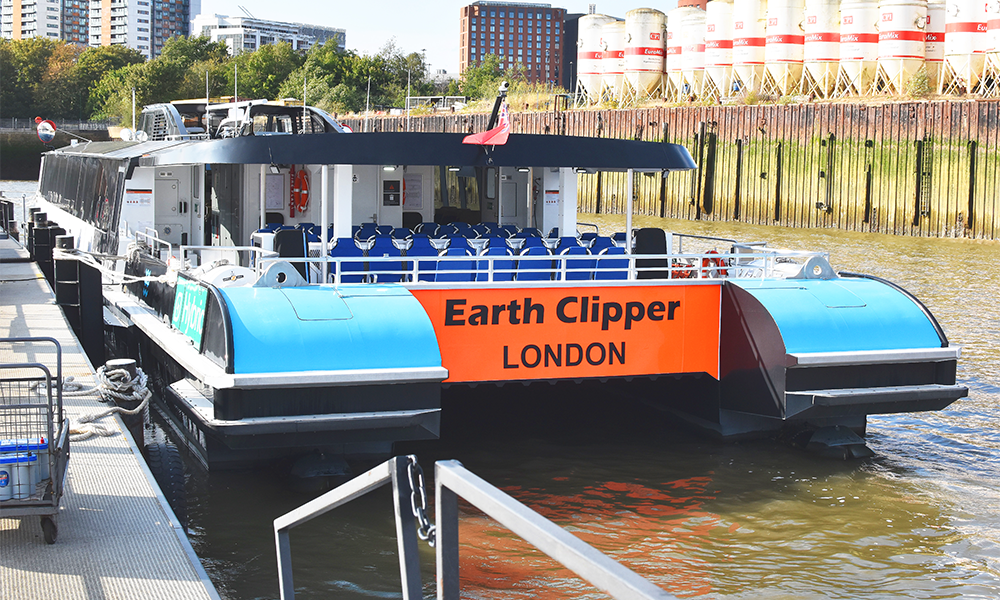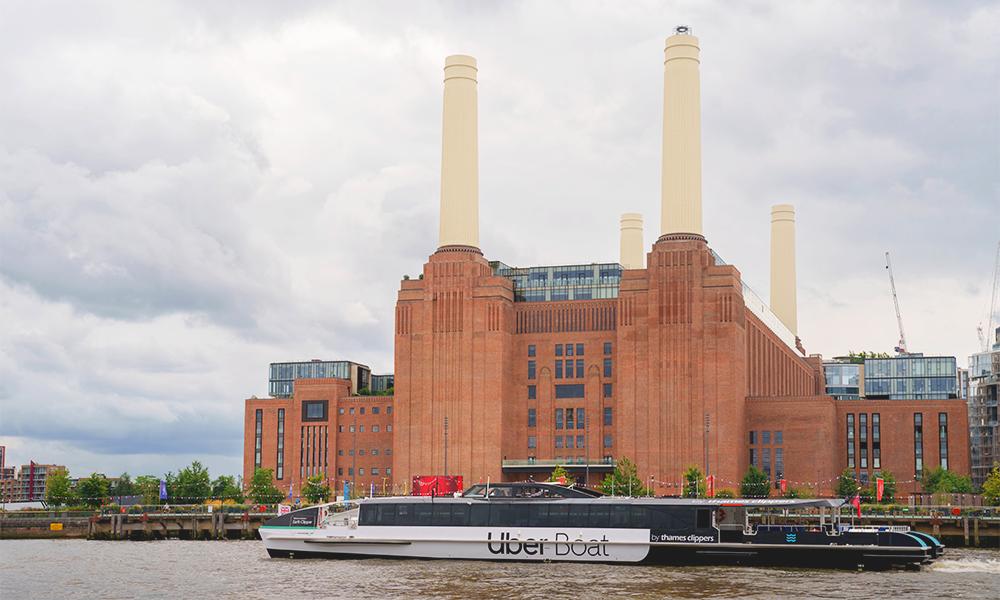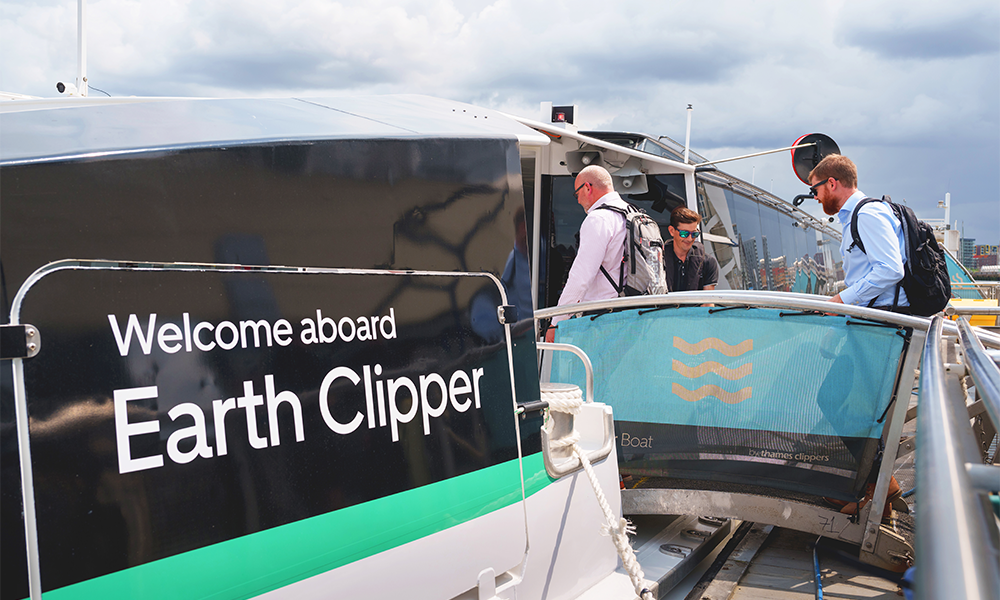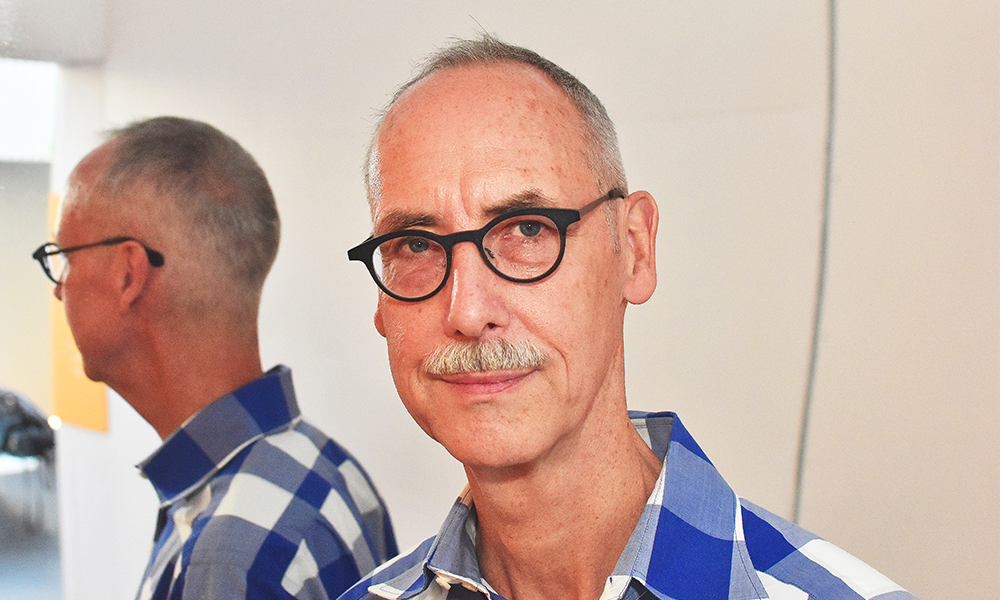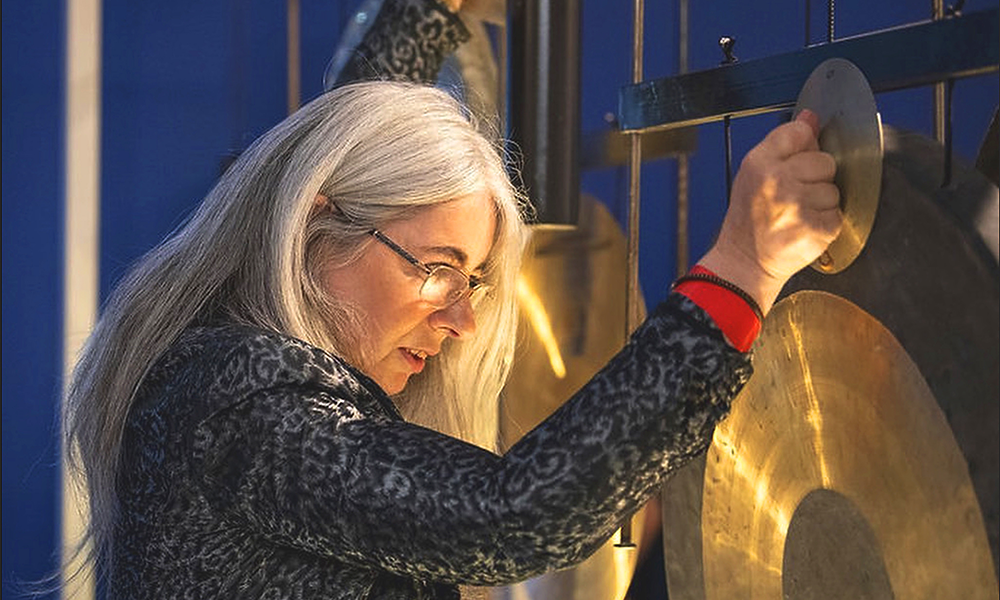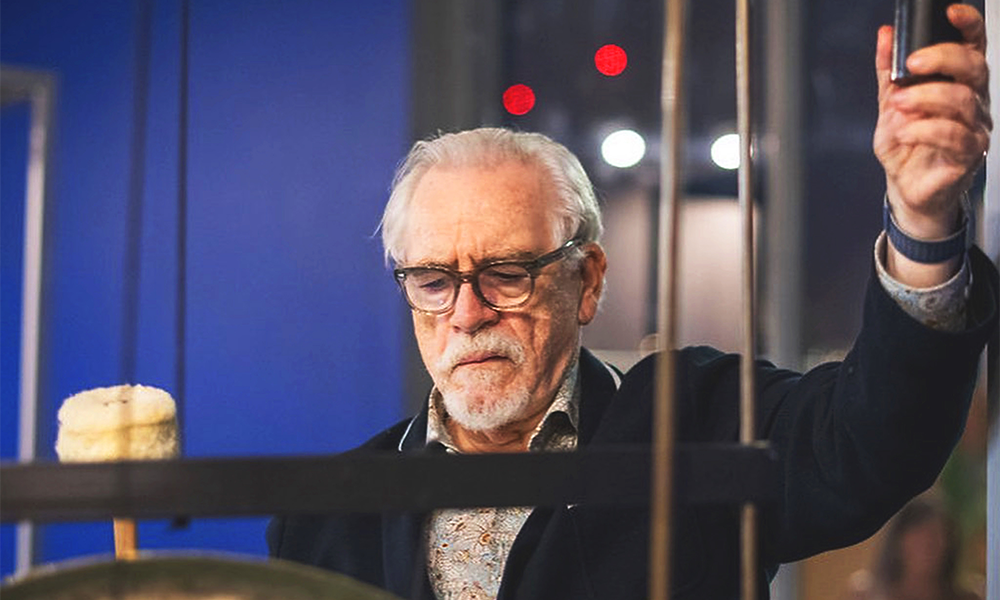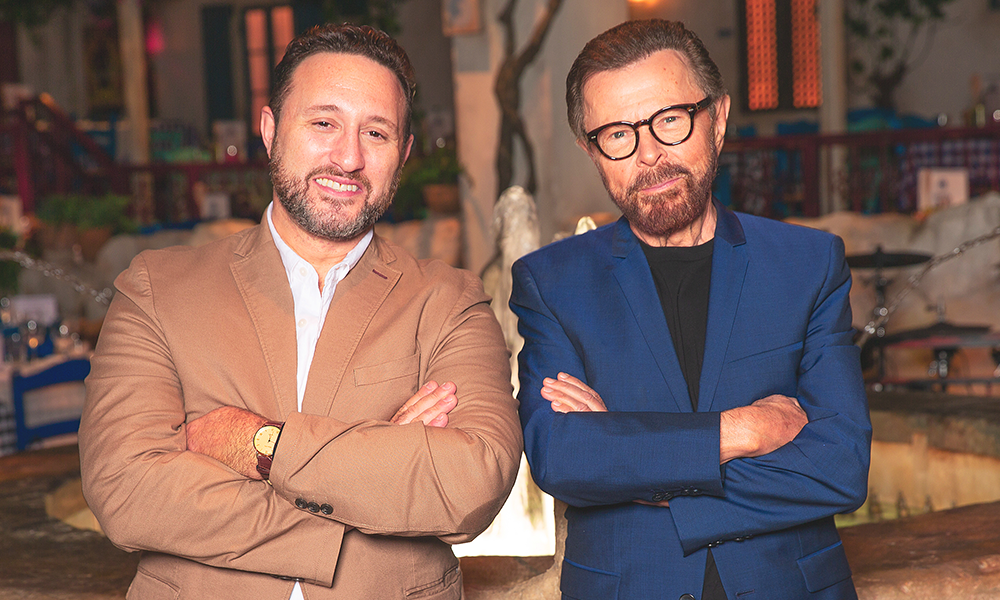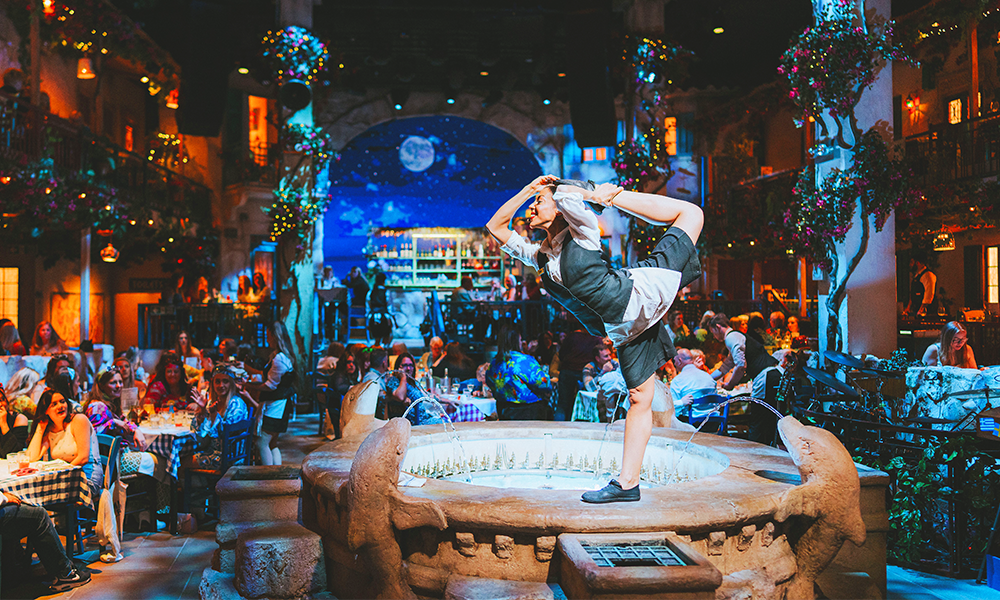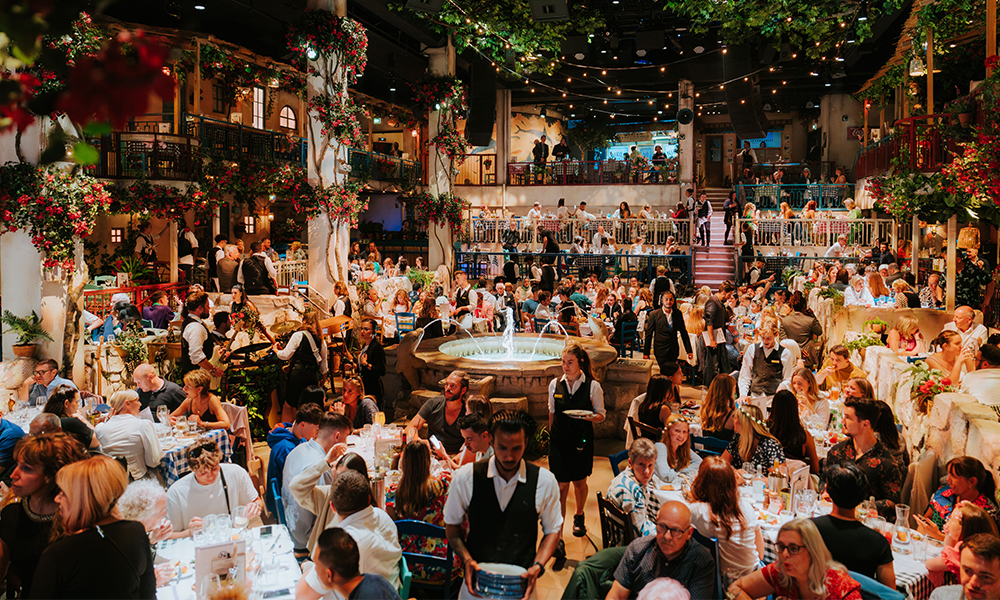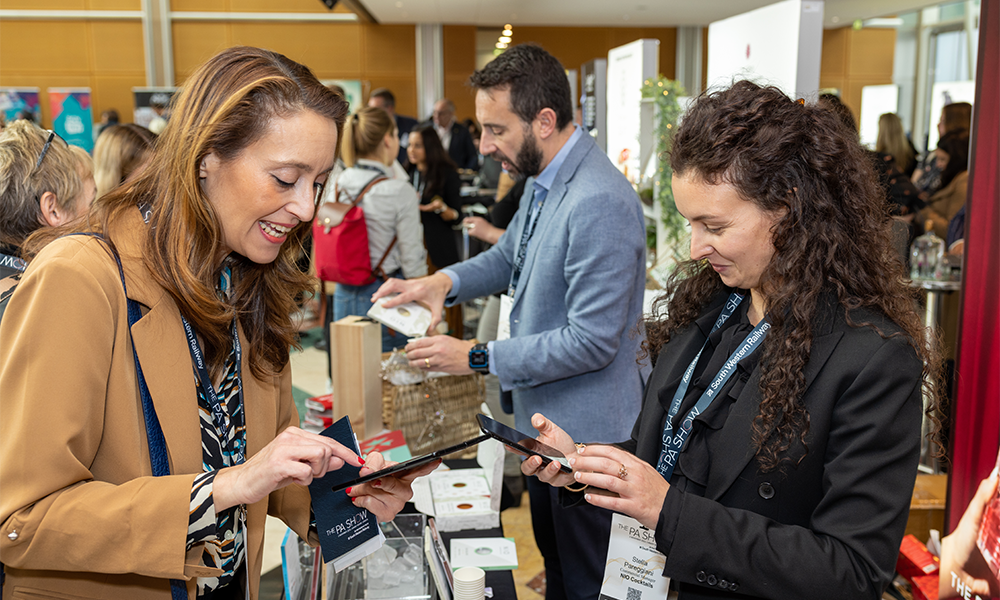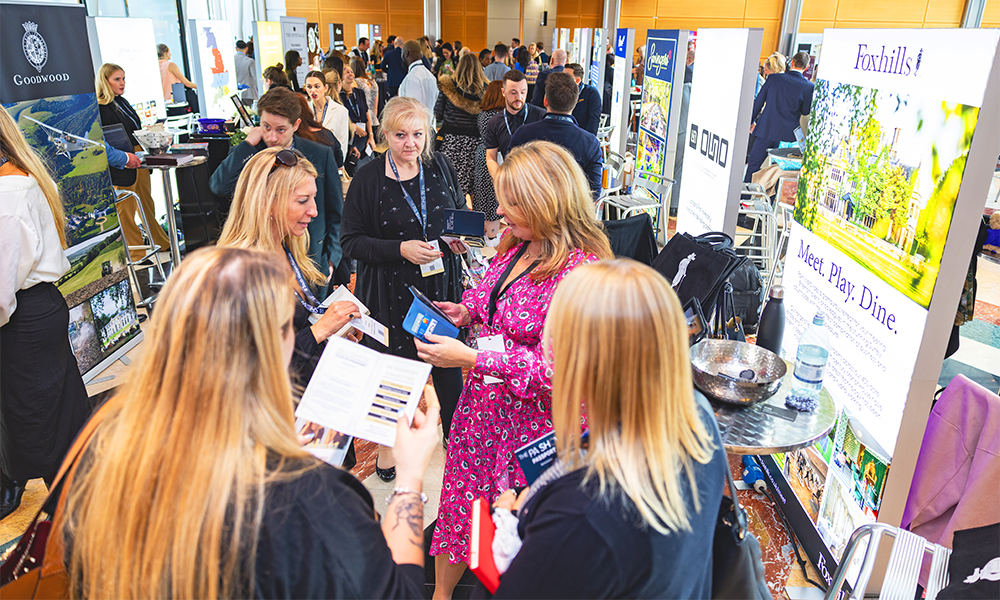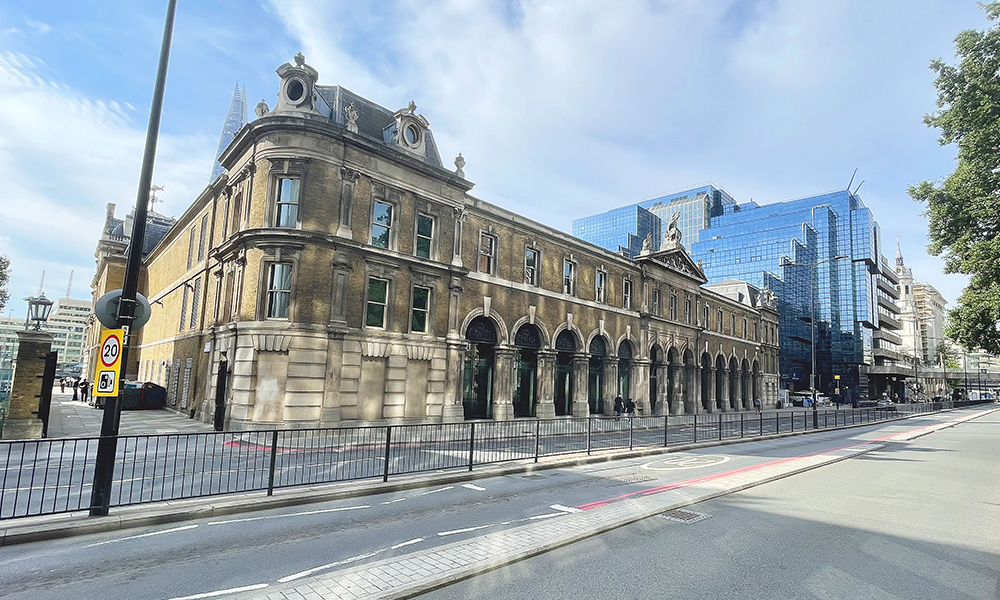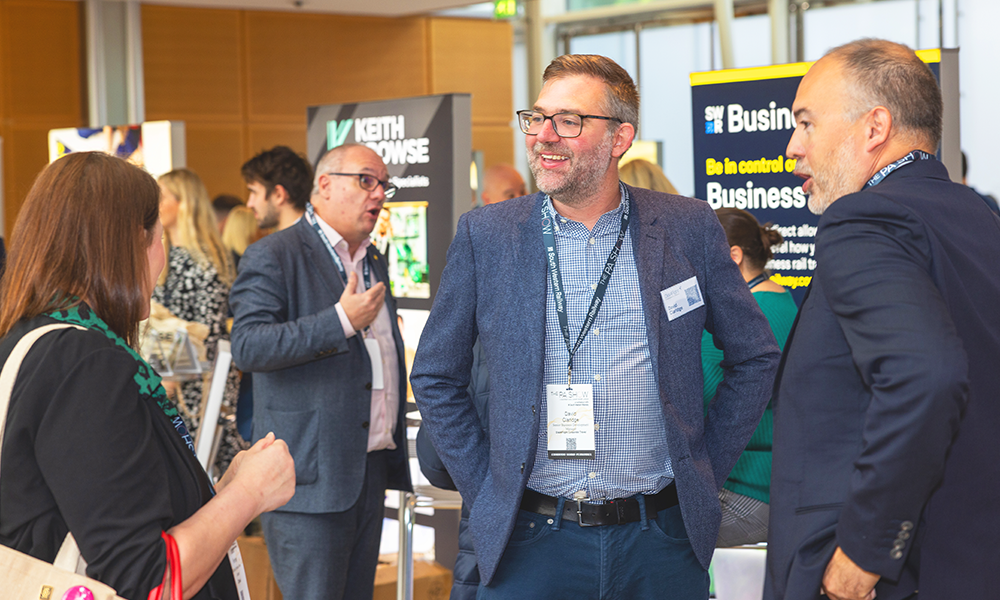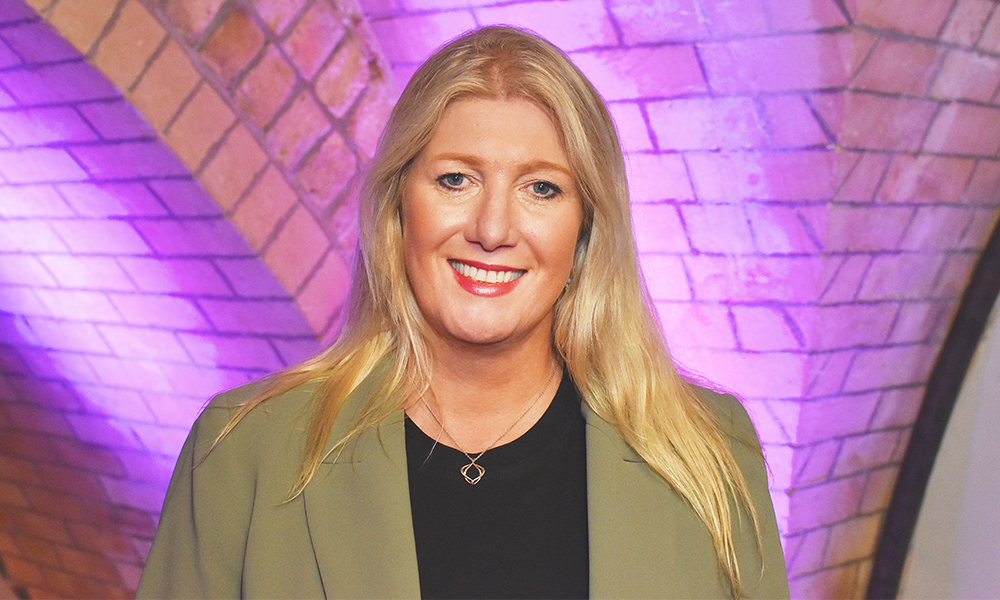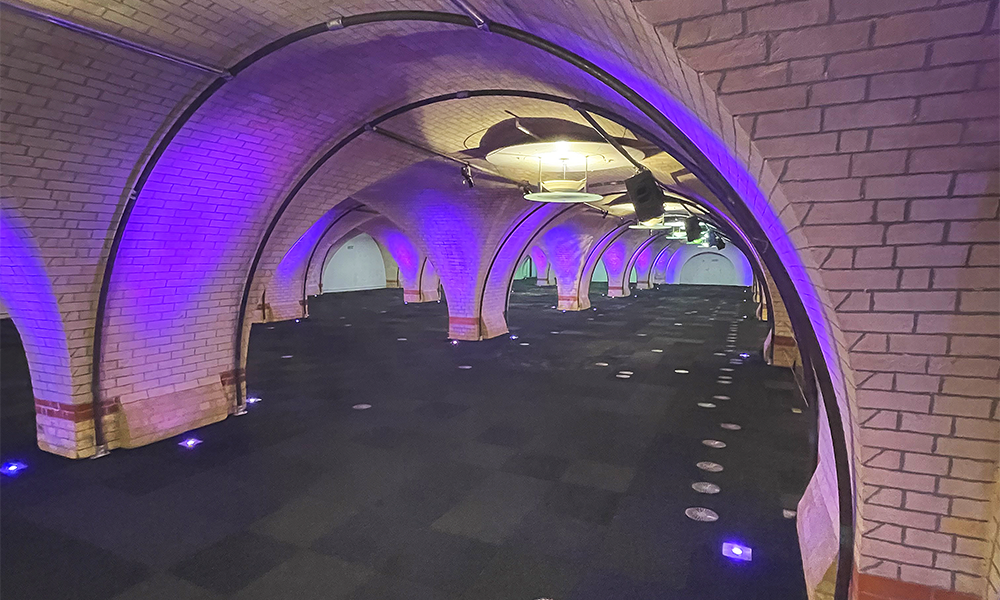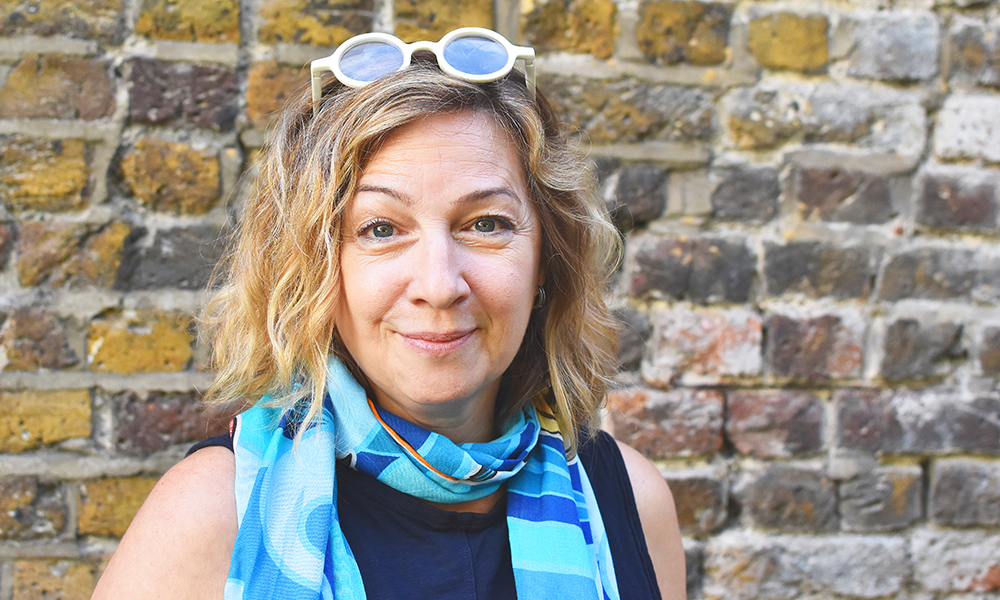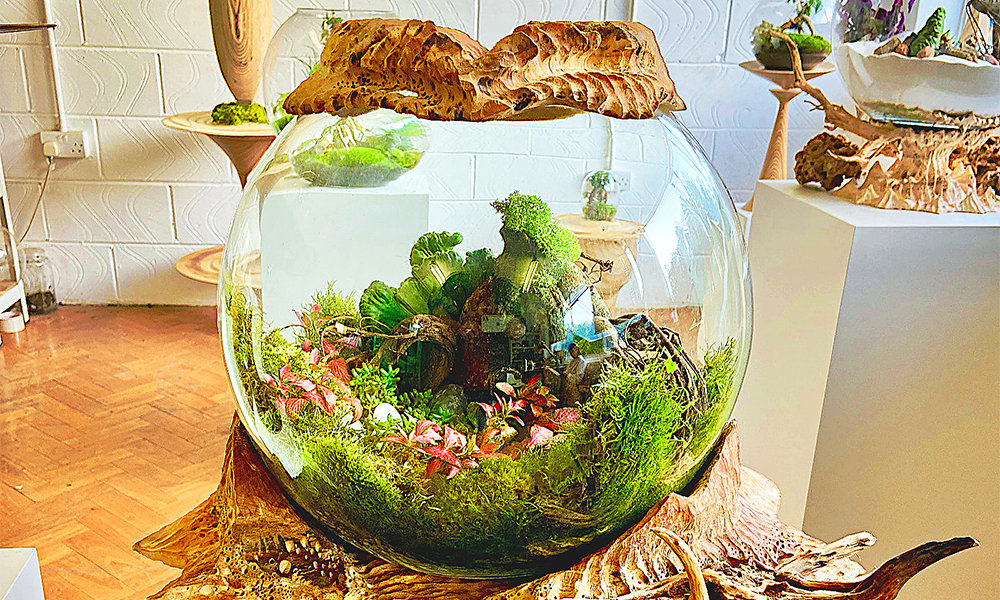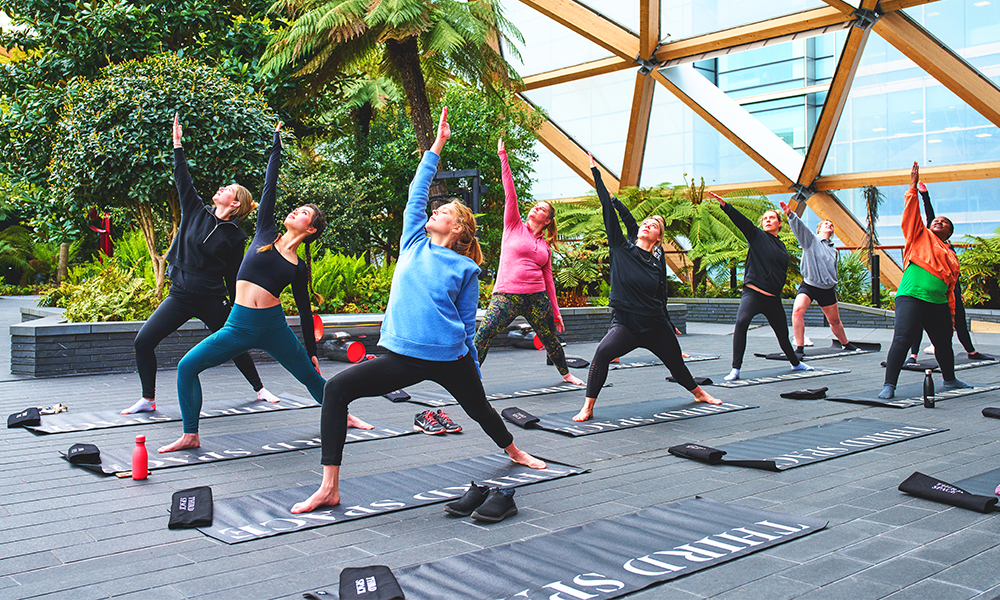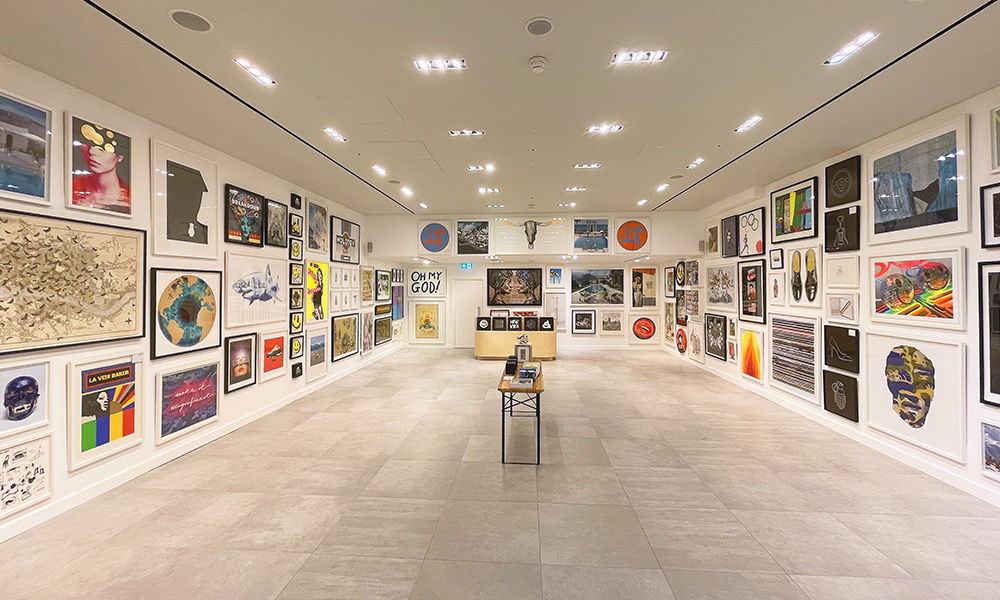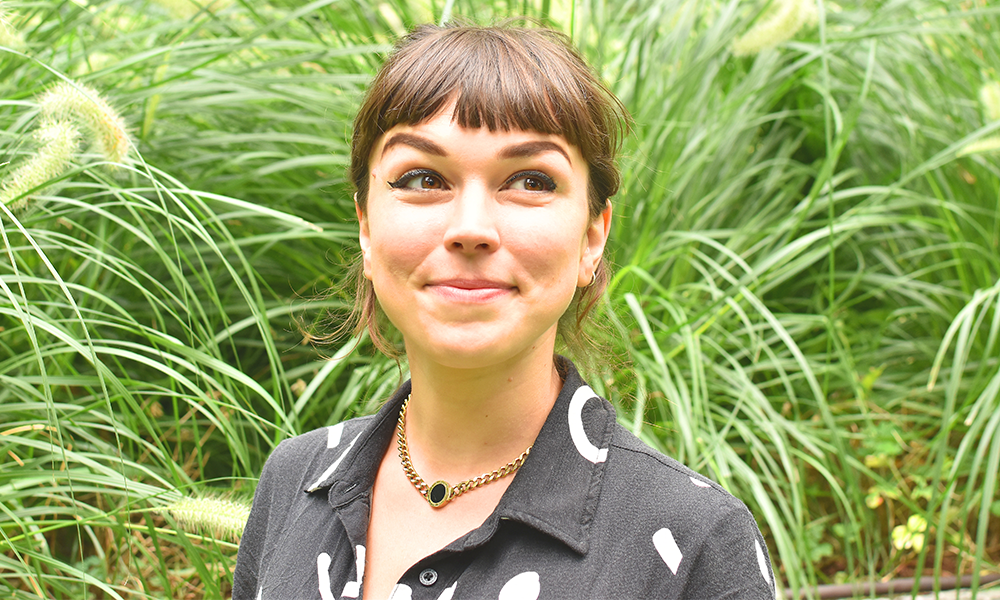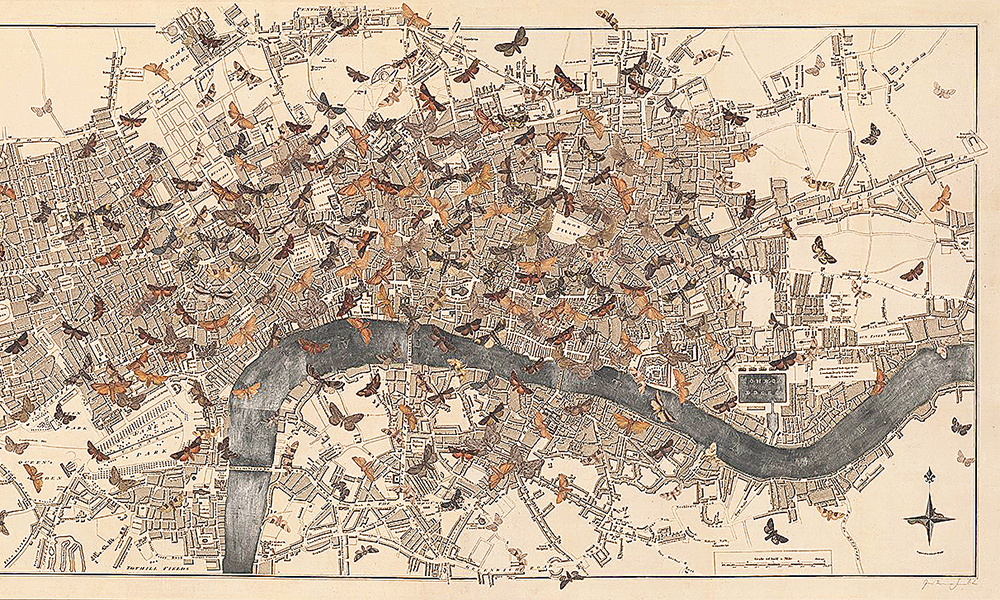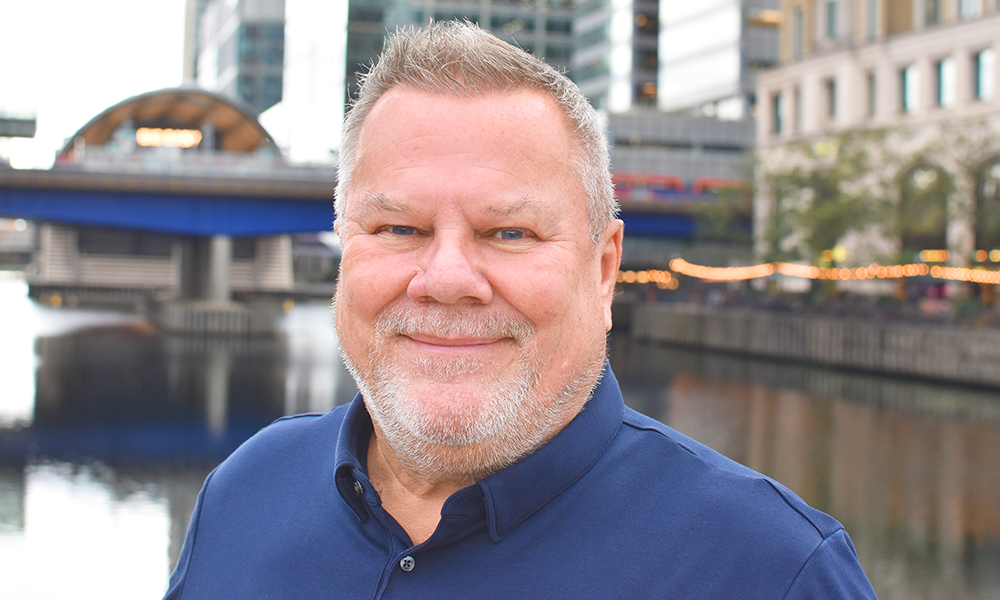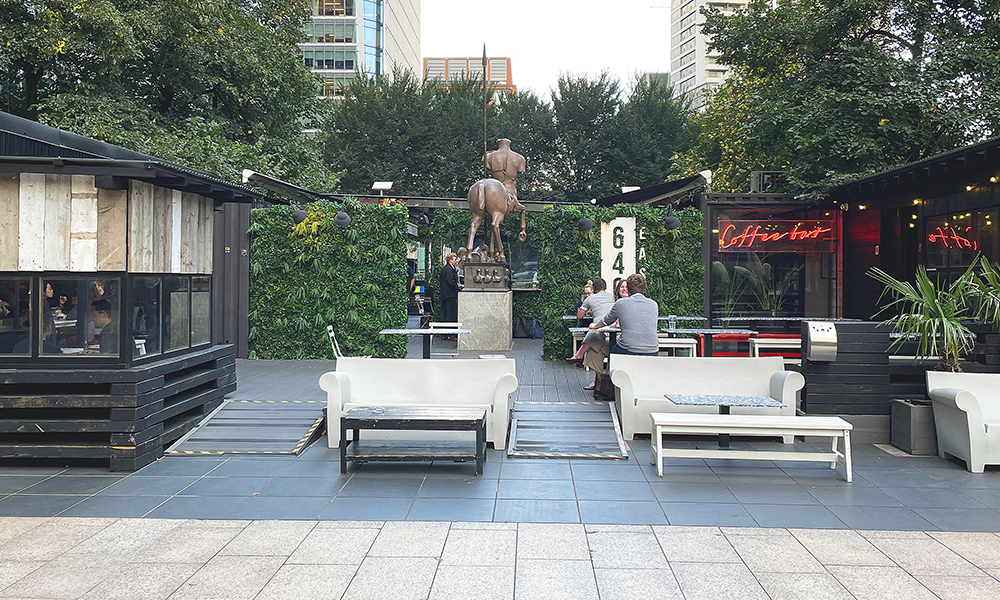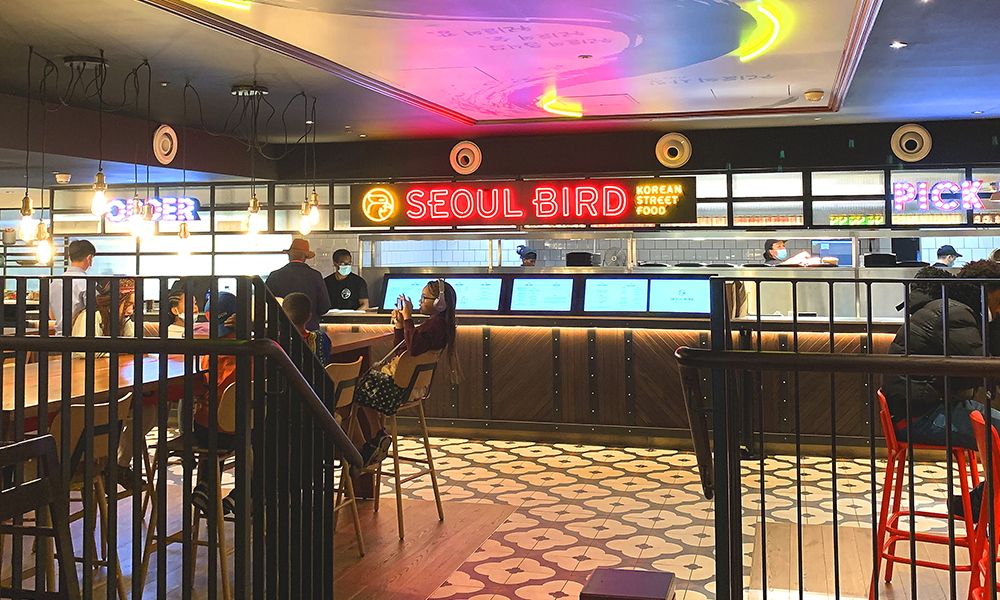Angelo Ramessar and Shannon Hayes still developing the narwhal-based characters

Subscribe to our free Wharf Whispers newsletter here
It all started with a doodle of a dinosaur.
It was as a pupil at St Angela’s And St Bonaventure’s sixth form in Newham, that graphic designer Angelo Ramessar first began drawing a cute little cartoon character.
Back then he had spikes down his spine and forearms like a T-Rex.
“My teacher didn’t really like it because it wasn’t traditional art – painting portraits or things like that,” said Angelo.
Things could well have come to a rest there.
Angelo went on to study graphic design at Ravensbourne University in Greenwich, going on to launch a freelance career first, before moving on to work for Savills estate agency.
Today he’s senior creative and visual designer at agency Aesara – but along with his partner and former schoolmate Shannon Hayes, he’s also something else.
The couple were living in East Ham when lockdown struck and decided to dust off Angelo’s old character.
Freshly fashioned into a narwhal, they started chronicling Naru Naru’s adventures, posting cartoons on Instagram with positive messages.

“We decided to give him a facelift and a bit of a reboot,” said Shannon, who did a foundation course in art at Ravensbourne before completing a degree in jewellery at the London College Of Fashion.
“The idea was to draw him as a cute little character, to spread a little bit of joy and cheer everyone up.
“Before we knew it, we had thousands of followers worldwide, so we decided to keep going. It was all about positivity and posting these sweet little drawings and last year, we decided to expand a bit and began making some merchandise.”

That journey has seen Shannon leave her role as a teaching assistant to concentrate on developing the brand full-time from the couple’s home on the Isle Of Dogs.
With mugs, pin badges and notebooks in their range, Naru Naru has been a hit at events such as MCM Comic Con, Hyper Japan and Brand Licensing Europe and the couple are just about to launch their latest range of plushie toys.
“We were so hyped up. When we did the first Comic Con – we had a few people who followed us on Instagram who came to see us, but most people had no idea who we or Naru Naru were – they didn’t know anything about us but it resonated with them straight away,” said Shannon.

“The plushies were flying off the shelves.
“We now have a new, improved plushie and we’re always trying to improve everything we do.
“Because we did so well initially, we can reinvest back into them, make them look even better and work on more merchandise.
“The upgraded toys should be on the website at the end of November.”
The couple both draw Naru Naru and have now expanded the brand to five characters.
A children’s book is in production and they’ve also had success licensing the brand to NFT project Yummi Universe.

“It all started because we wanted to spread some positive messages,” said Angelo.
“They are these strange little narwhal characters – they are based on the whales, but they have arms and legs because they look cute and so that they can do more things.
“Naru Naru has gone through various iterations – the limbs have got bigger so they can do things like play the guitar.
“We’ve already written the main story for the book, which centres on the characters collecting spirit crystals.
“It’s the tale of a villain who is locked up in a crystal – he’s being freed over time and, to reseal him back in, five spirit crystals left by a king must be collected.
“I would say to anyone who feels like they want to create their own character, that they should go on this journey.
“It’s an amazing experience and it’s something you can be really proud of – to work on a character you created and to have your own product.
“You can still work a full-time job and develop something you truly believe in, enjoy and love.

“I feel like everyone should be like Blue Naru – he’s brave enough to make that jump and do it. He believes he can do anything if he puts his mind to it.
“He also believes in everyone else and their ability to do whatever they want to do in life.
“We made no money from what we were doing at first.
“We were doing it for fun on Instagram and people were saying it was great.
“That was enough for us.
“We used to think when we reached 2,000 followers that we’d make some pin badges, then some T-shirts.
“Then we took the leap to make some plushie toys and they sold out immediately at Comic Con.”
Shannon added: “We try to make the posts on Instagram as relateable as possible so everyone can see themselves in Naru Naru.
“It might be things like lying in bed and dropping his phone on his head.
“Or there’s one where he’s holding up a sign saying: ‘You can do it’.
“One of our most popular ones is him hanging on a little tree branch, saying: ‘Hang in there’.”
The couple said their characters appealed to people of all ages, with the most popular posts and merchandise featuring cheekiness or violence.
“Especially at Comic Con, there’s an audience for something really cute doing something not so cute,” said Shannon.
“Because we have such a broad age range in our fans, Naru Naru is in some ways nostalgic for adults – the kids just love the plushie toys.
“We like to create things to cater for all our followers and we also love to follow trends and attract new people.
“We do work really well together – our personalities match and we bounce off each other with ideas for posts and products.”
Angelo added: “It’s just a good time – part fun, part funny.
“We throw silly ideas around about what we should post.
“We both love living on the Island – what more could you ask for?
“There’s lots of inspiration all around us – it’s a very peaceful place to live and work.”
The couple’s immediate priority is the production of their story book, with both agreeing that the ultimate aim would be a TV show or movie to explore the Naru Naru world in greater depth.
Until then, expect to see plenty more from these little creatures as the brand grows and develops.
Find out more about Naru Naru here
Read more: Sign up for the Santa Stair Climb at One Canada Square
Read Wharf Life’s e-edition here
Subscribe to our free Wharf Whispers newsletter here
- Jon Massey is co-founder and editorial director of Wharf Life and writes about a wide range of subjects in Canary Wharf, Docklands and east London - contact via jon.massey@wharf-life.com










